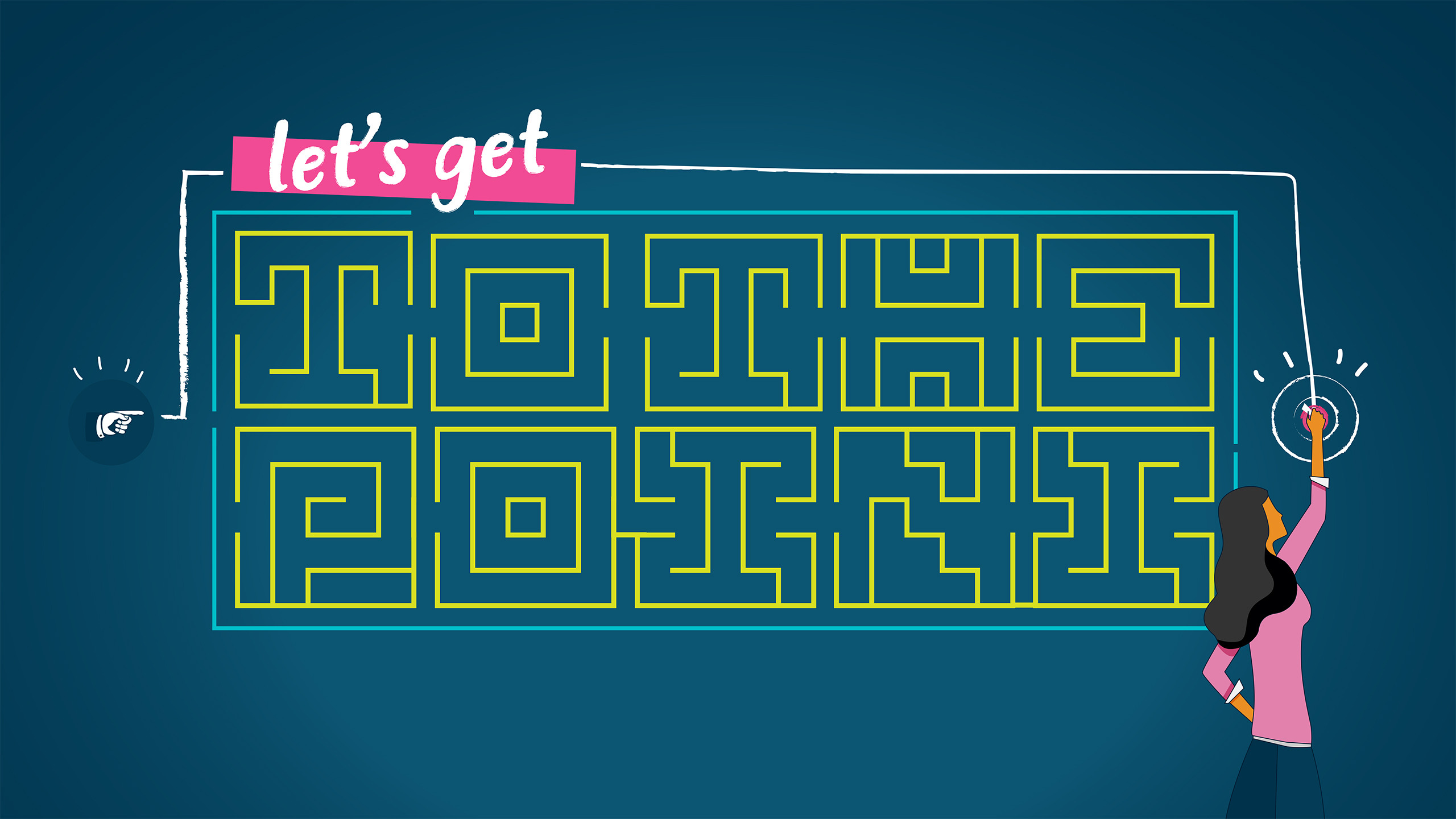The book Brief: Make a Bigger Impact by Saying Less by Joseph McCormack promotes the idea that lean communication is ideal in the modern world and that the only way to get heard is by “being clear and concise.” This is a fair declaration given that anyone with an internet connection is not just informed, but is inundated and overwhelmed.
As marketing and public relations professionals, we simply must remember this whenever we attempt to deliver a message – be it in text, illustration or audiovisual.
In 2016, a Nielsen study determined that adults spend 10 hours and 39 minutes a day consuming media. This includes everything from Internet usage to mobile apps, live TV, video games, radio, and everything in between. That was four years ago – just imagine the stats today given that internet access, around the world and in our country, is far more widespread in just a few short years.
Our audiences are discerning and are no longer willing to be fed ideas. They’re time sensitive, have a lot on their minds and have a lot to do. They want facts and they want it fast. If your content, as brilliant as it may be, is not able to deliver just that, then it will lose.
To win as effective communicators, we must “think and speak (and communicate) in headlines”.
We must get to the point.
The 5ws and H is the best template for effective communication, in my opinion. It helped me achieve concise messaging when I worked as a journalist and continues to help me in my day-to-day tasks as an account executive.
By working around the point, we:
- Communicate better – internally & externally
- Listen better
- Brief better
- Understand what is expected of us
- Avoid misinterpretation of the message
- Create opportunity for discussion
- Create content that catches attention in this age of information overload
By getting to the point, we compel people with pertinent information and something inspirational to think about and, in the end, we hopefully have a greater impact on people’s lives.

